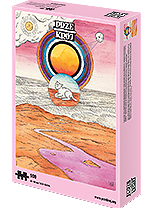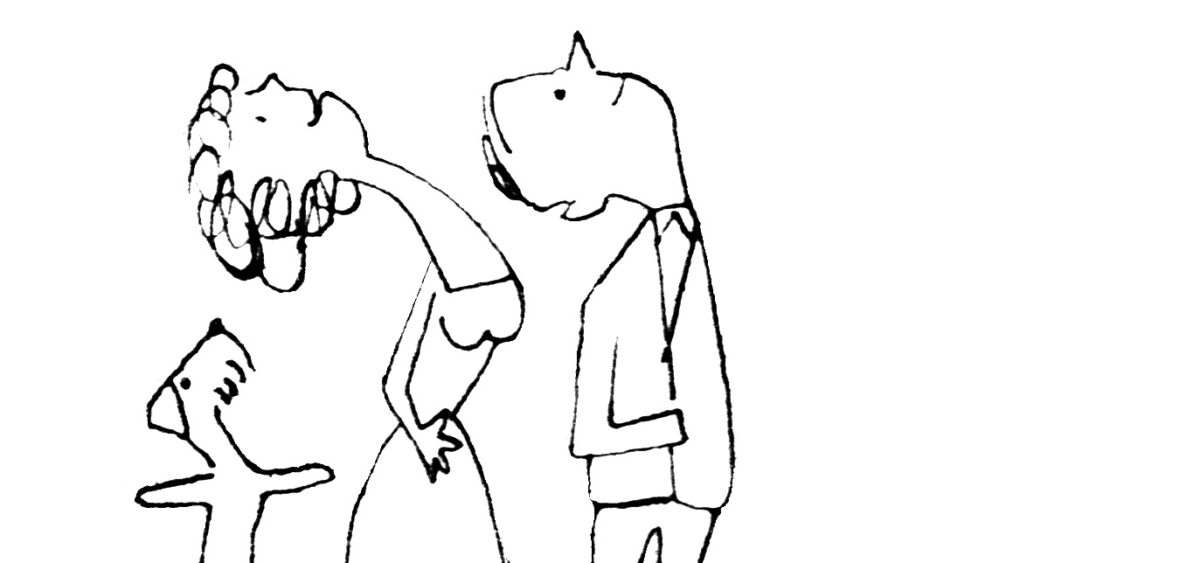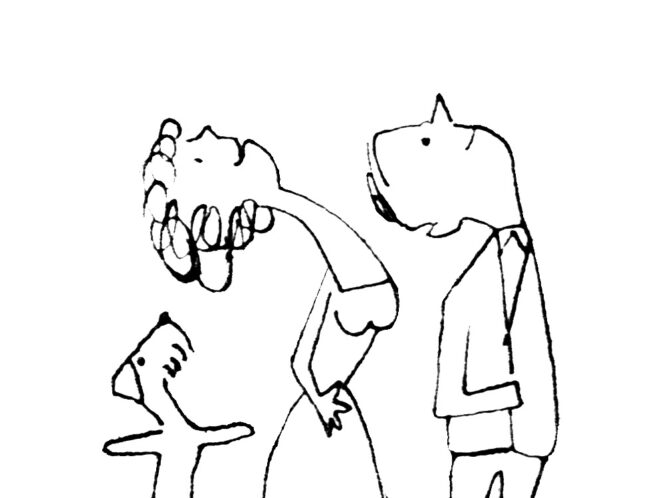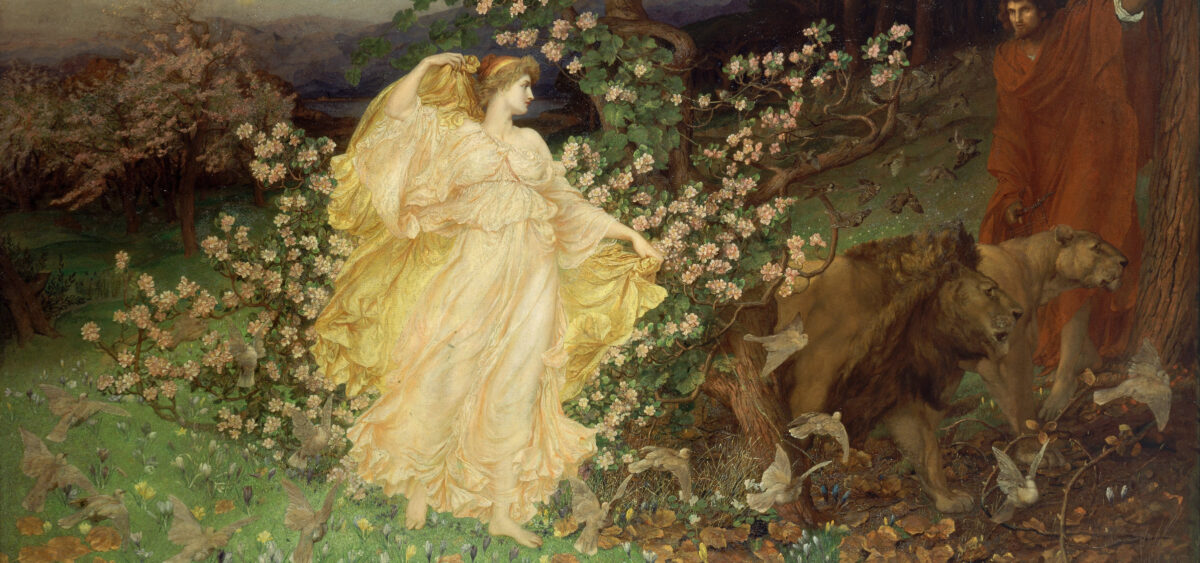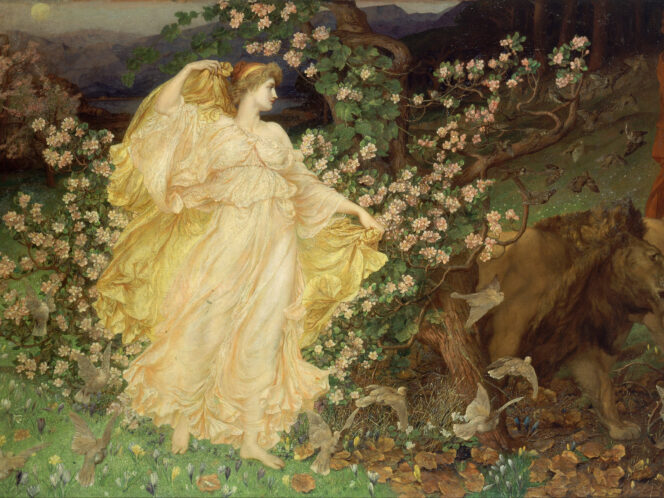
In China, the divine tree was the pine. The fig tree brought enlightenment to Buddhists. Olympian deities shared out oaks, cypresses and poplars among themselves. Since time immemorial, people have regarded greenery as a sort of shrine: home to cults, symbols and taboos of all kind.
In late 2020, the University of Cambridge admitted that Charles Darwin’s notebooks were stolen from the university’s library. The 1837 notebook included an invaluable drawing: a diagram which Darwin called ‘The Tree of Life’. The complex graph depicts evolutionary interdependencies between species, just as a family tree represents blood relationships between people. Darwin found the arboreal metaphor so apposite that he used it again, 22 years later, in his On the Origin of Species. The book includes a dramatic image of a tree tousled by conflicting gusts, its branches and sprouts vying for light and water:
As buds give rise by growth to fresh buds and these, if vigorous, branch out and overtop on all sides many a feebler branch, so by generation I believe it has been with the great Tree of Life, which fills with its dead and broken branches the crust of the earth, and covers the surface with its ever branching and beautiful ramifications.
Darwin used an unobvious, albeit ancient metaphor. The Tree of Life grew in the garden of Eden, and so it symbolically opens the Old Testament. According to a prophesy in the Book of Revelation, the final part of the Christian Bible, victorious Christians will eat the fruit of the Tree of Life. Darwin, who came from a Unitarian family, could quote from Milton’s Paradise Lost at random [and he most likely knew this fragment]:
Out of the fertile


